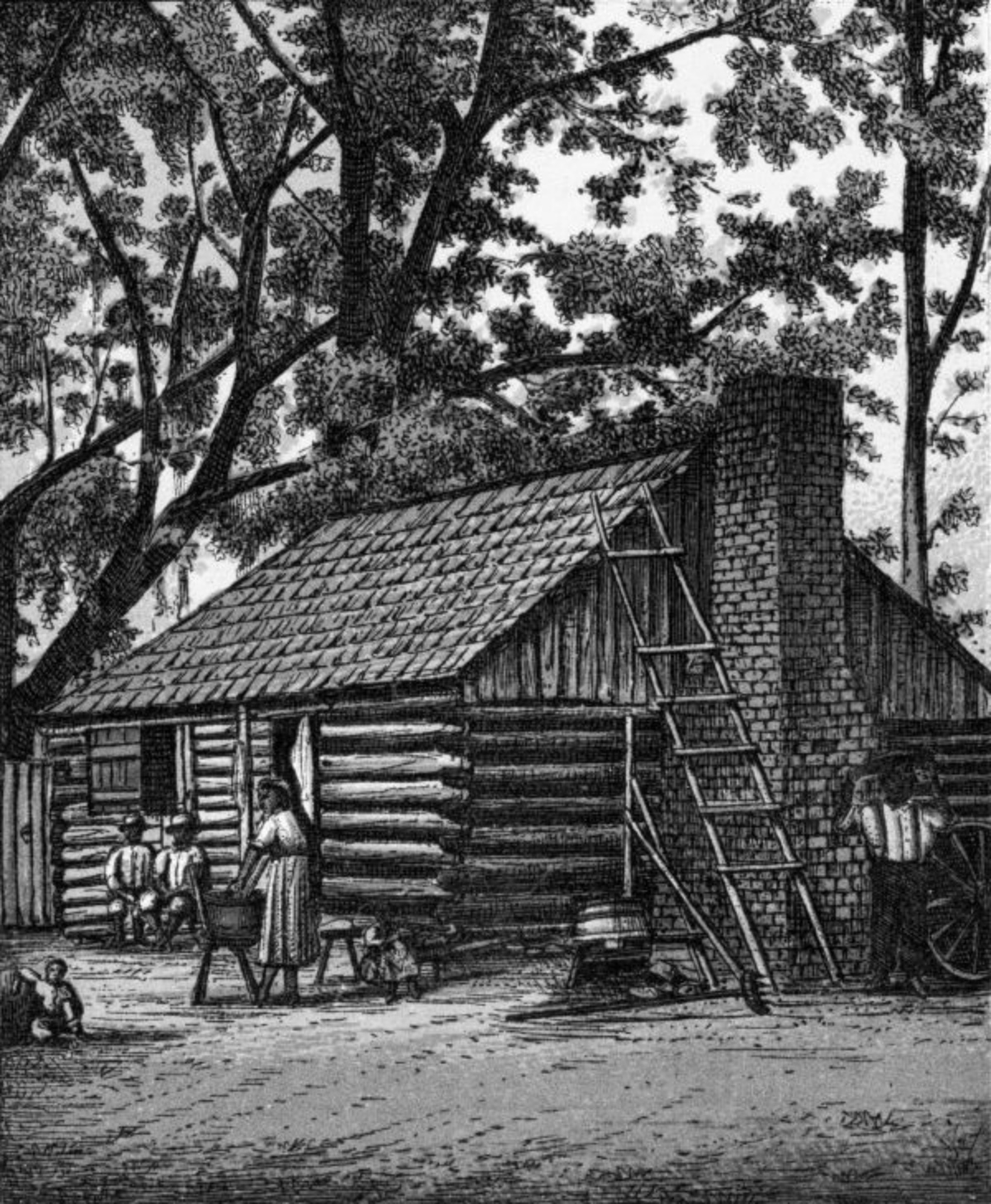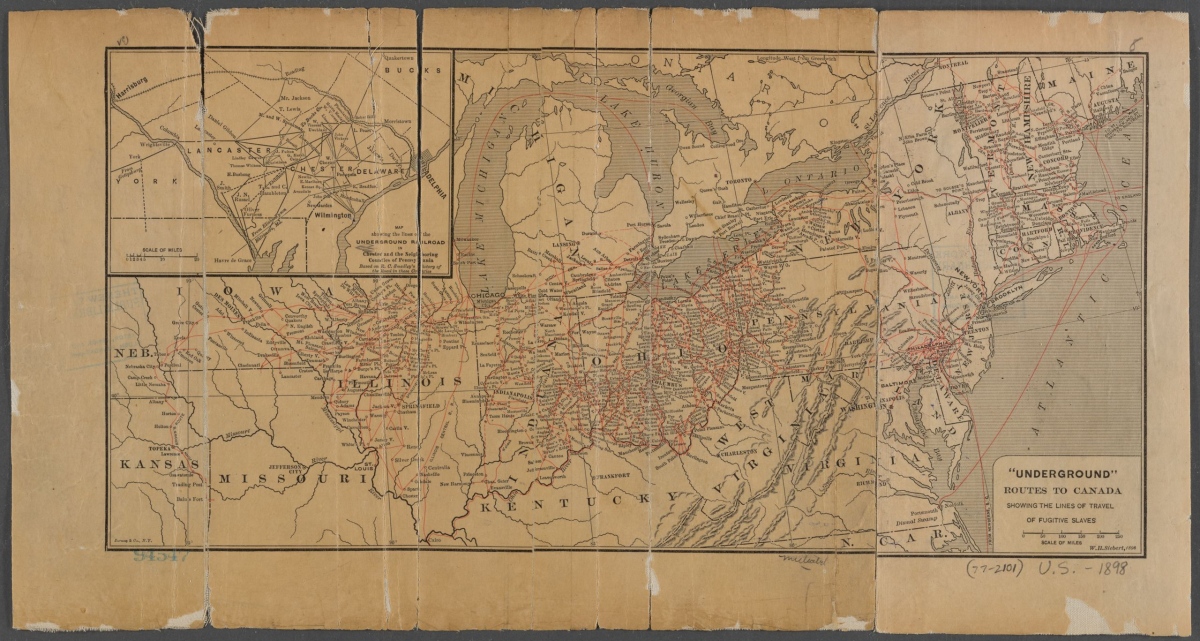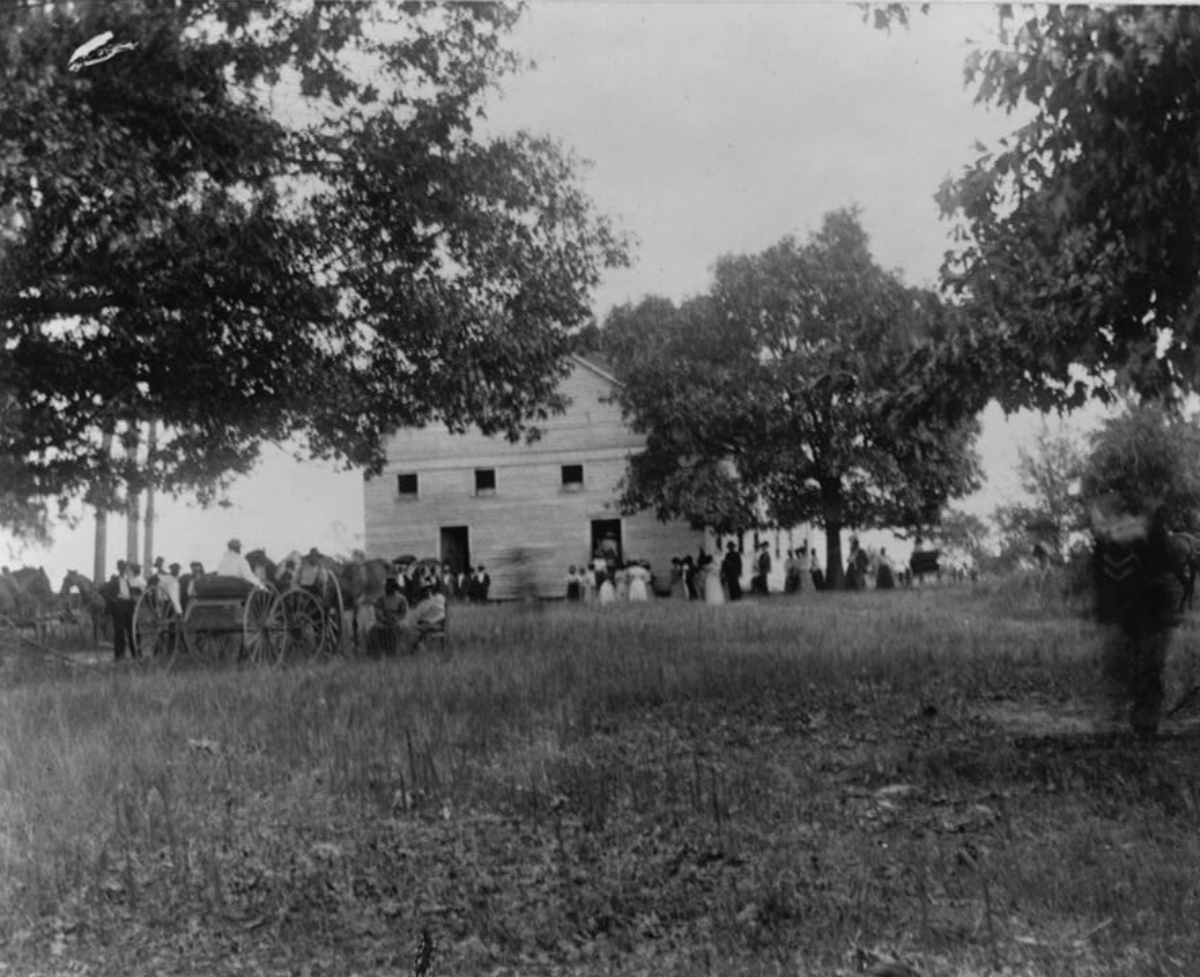Little Known Facts About the Underground Railroad
There’s a lot we still don’t know.
We’ve all read about the Underground Railroad in school, but it was by its very nature a secretive system and one that risked harm to the very lives it sought to save. Enslaved people crossing into areas where slavery wasn’t legal faced many hardships along the way, not only from cold and exhaustion, but from the bounty hunters that would be offered hefty rewards for returning them to the plantations of the slave masters. Because it was a very tricky operation, run over centuries and by many different people, there are still some things we don’t know about this path to freedom. But, even what we do know can sometimes come as a surprise today. Here are some little known facts about the Underground Railroad that aren’t always taught in school.

It’s Older Than You Thought
The escape routes were in use since the beginning of the slave trade in the early 1600s, but were developed more in the late 1700s. However, most of us only learn about the 19th century history since the Underground Railroad was in operation up until the Emancipation Proclamation in 1863.
The first formal law on returning enslaved people to their “owners” was created in 1643, with laws reasserting the intention to return escapees greatly expanded with Fugitive Slave Acts of 1793 and 1850. These laws made it easy for bounty hunters to claim rewards as a certificate was all that was needed to “prove” the escapee has once been enslaved, even if they were captured in a free state. A thriving business of catching runaways was built up which made it all the more important for conductors on the Underground Railroad to take the utmost care.

Run Towards Freedom- Wherever That May Be
The routes didn’t only run north, but also south to Mexico (which abolished slavery in 1829) and to various Caribbean islands where slavery was uncommon or illegal. Early 19th century escape routes also led to Florida when it was a Spanish colony as Spain abolished slavery in 1811 and Florida didn’t become a part of the US until 1845.

It Wasn’t Always Train-themed
The term “Underground Railroad” wasn’t used until 1831, when a slave holder blamed a mysterious “underground railroad” for the disappearance of one of his servants. There were no actual underground train facilities at that time, but the name stuck.
From then on train-related code words used used. For instance, a safe house was a “station” and “depots”. Helpers on the road to freedom were called “conductors” and “station masters”. The actual escapees were referred to as “cargo” and the people who gave financial support were known as “stockholders”.

The Numbers Are Unknown
We don’t have proper figures, but one estimate puts the number of people who ran to freedom between 1800 and 1850 at 100,000 individuals. We’ll never know the true number and there aren’t many estimates for the time prior to the 19th century.

Black Conductors Played Critical Roles
White Quakers were famous for their fervent opposition to the institution of slavery, and many did give their time and money to the cause, some for years on end. But, many of the people helping enslaved escapees were Black. This made it all the more dangerous to help out. One famous woman who did this was Harriet Tubman, who felt called by God to help as many people as she could after her own escape. She helped around 70 people from Maryland escape slavery.

SKM: below-content placeholderWhizzco for DOT

